Most of us understand that sun exposure affects the skin, but not everyone is familiar with what’s actually happening beneath the surface. UV photo damage, also called photodamage or sun damage, refers to the visible and invisible harm caused by ultraviolet (UV) rays emitted from the sun. Over time, this exposure affects the skin’s structure, function, and appearance, contributing to premature aging, uneven tone, loss of elasticity, and—in more severe cases—skin cancer.
The two types of UV rays most responsible for photo damage are UVA and UVB. UVA rays penetrate more deeply into the skin, reaching the dermis, where they can damage collagen and elastin fibers. This leads to wrinkles, sagging, and a breakdown in skin structure. UVA rays also trigger the formation of free radicals, which cause cellular damage and accelerate aging. UVB rays primarily affect the surface of the skin, and are the main cause of sunburn. But both UVA and UVB rays contribute to the long-term DNA damage that can increase the risk of skin cancer.
According to the Skin Cancer Foundation, up to 90% of visible skin aging is caused by the sun.¹ And research published inClinical, Cosmetic and Investigational Dermatology shows that prolonged UV exposure leads to significant degradation in skin texture, moisture levels, and firmness.² Unlike a sunburn that shows up within hours, much of the sun damage we experience builds slowly over time, often starting in childhood or early adulthood and only becoming visible years later.
This is where daily sun protection becomes more than a seasonal skincare step. It becomes a lifelong commitment to preserving your skin's health.
Dermasensa’sUV-X Mineral Sunscreen SPF 40 was developed to be exactly that: a simple, elegant solution to essential daily protection. With 16% zinc oxide for broad spectrum physical protection, UV-X defends the skin against both UVA and UVB rays. But it doesn’t stop at protection. This sunscreen also nourishes and restores the skin barrier, thanks to the addition of ceramides and antioxidants C and E. That means it actively helps repair existing damage while shielding your skin from future exposure.
In addition to offering this advanced formulation, UV-X is designed for comfort and consistency. It goes on silky and smooth, with a sheer, lightweight finish that works beautifully under makeup or worn on bare skin. It comes in a tinted and non-tinted version, so everyone can find their perfect match. It is reef-safe, fragrance-free, preservative-free, and suitable for all skin types—even sensitive or acne-prone skin.
A pro tip from our dermatologists: make sure you’re using enough product to get the protection you need. Most people apply too little sunscreen, which significantly reduces its effectiveness. A general guideline is to use two finger lengths of product, or about a quarter-sized amount, for your face and neck. Then, blend into your hands, neck, and chest—areas that are frequently exposed but often forgotten.
To get the most out of UV-X and protect your skin throughout the day,apply it as the last step in your morning skincare routine. Give it a few minutes to absorb before applying makeup. And especially if you’re spending time outdoors or in direct sunlight, reapply every two hours, especially after sweating or swimming.
For those with sensitive skin or focusing on anti-aging concerns, here’s how to seamlessly incorporate UV-X into your daily routine:
-
Start your morning with a gentle, hydrating cleanser likeSC+ Sensitive Cleanser, which calms the skin without stripping it.
-
Follow withG5 Toner to restore pH balance and prep the skin.
-
Next, applyUP Ultra Peptide Serum, which helps improve elasticity and reduce the appearance of fine lines.
-
Seal in hydration withHydro BF Moisturizer, rich in calming and barrier-repairing ingredients.
-
Finally, complete your regimen withUV-X Mineral Sunscreen, applying it generously across the face, neck, chest, and hands.
Even on cloudy days or when staying indoors, UV rays can still penetrate windows and cause cumulative damage. Consistent, daily SPF use is the foundation of any effective skincare routine. It protects your investment in other skincare products and enhances the long-term health and resilience of your skin.
UV-X is coming soon. Stay tuned.
¹ Skin Cancer Foundation. (2022).www.skincancer.org
² Rittié, L., & Fisher, G. J. (2015). UV-light-induced signal cascades and skin aging.Clinical, Cosmetic and Investigational Dermatology, 8, 275–283.



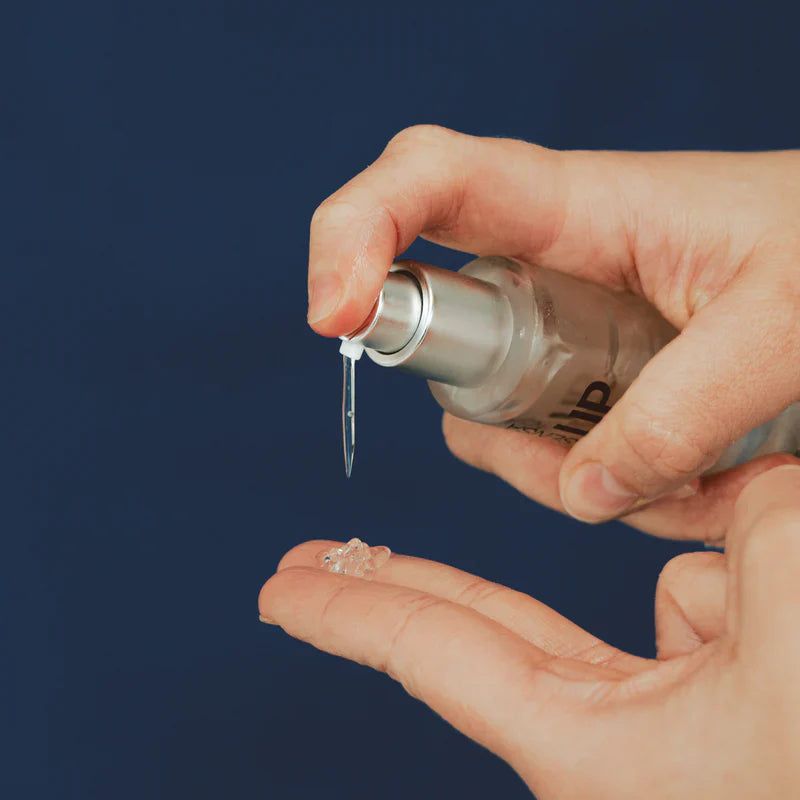
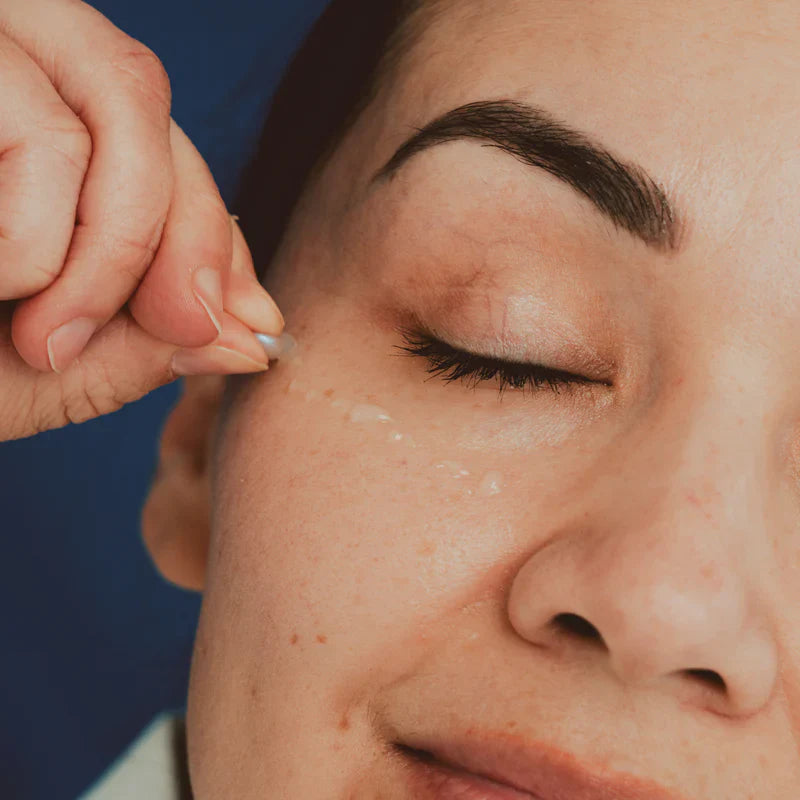
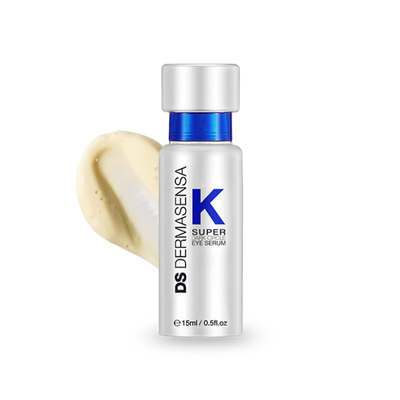
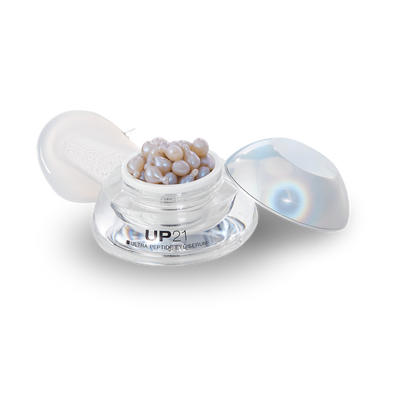
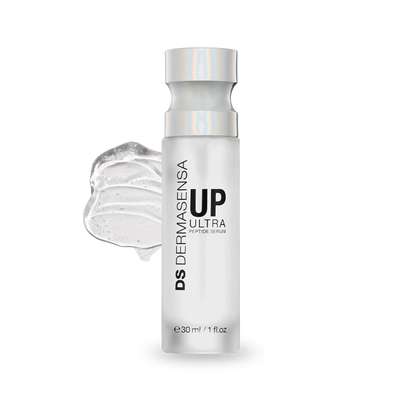
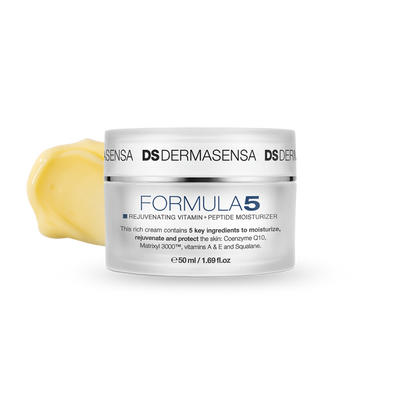
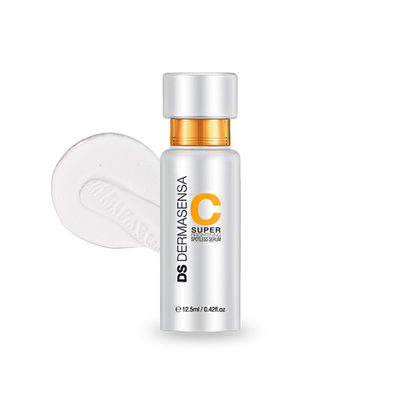
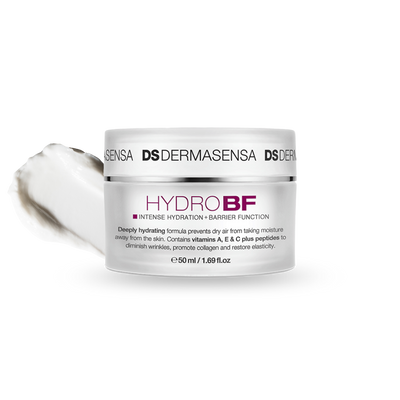
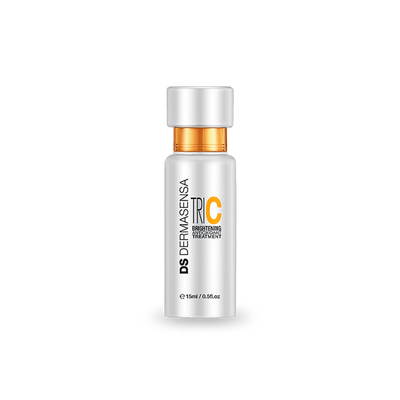
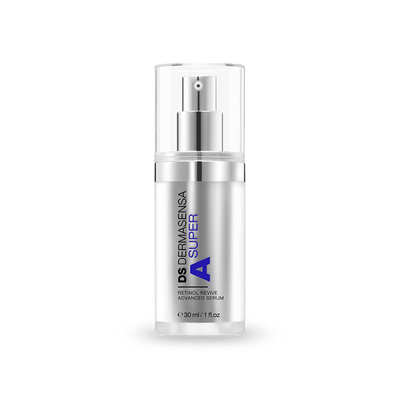
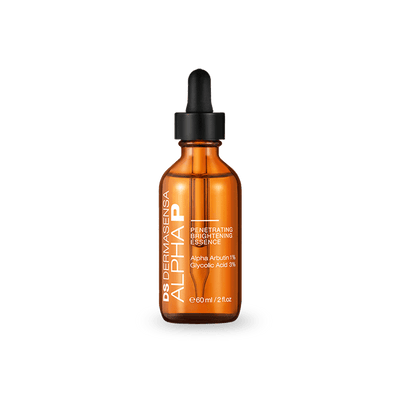
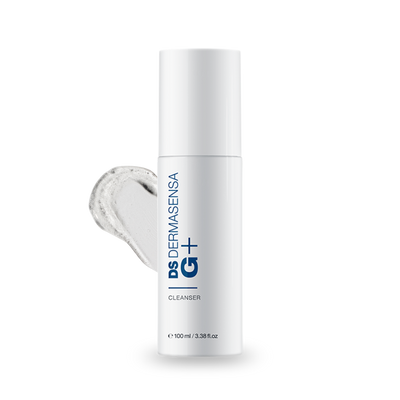
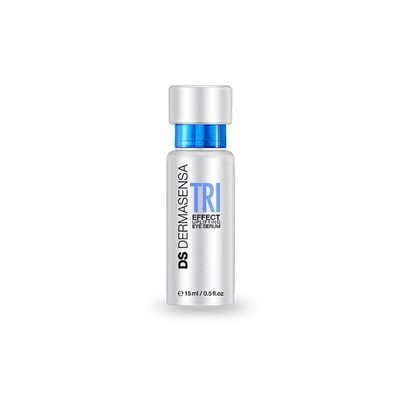
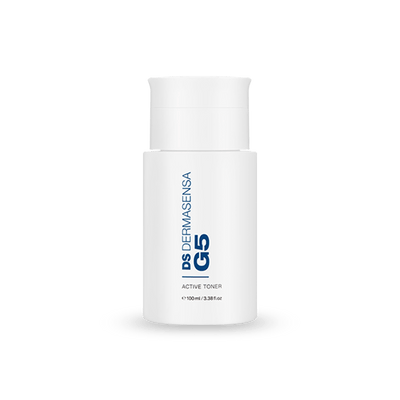
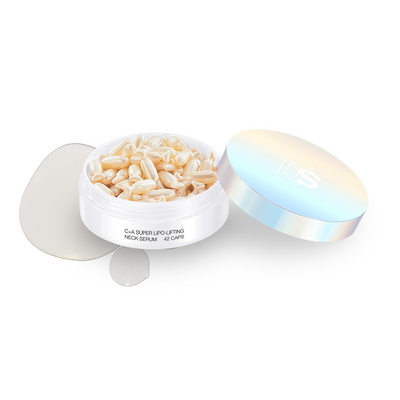
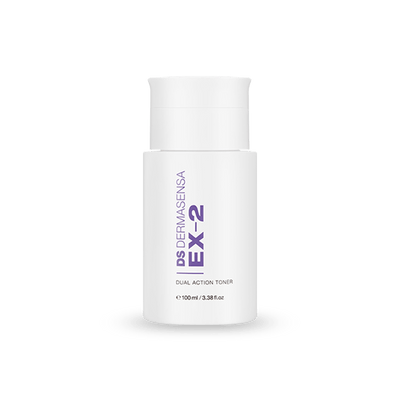
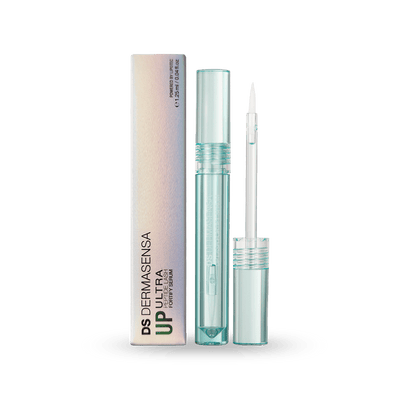
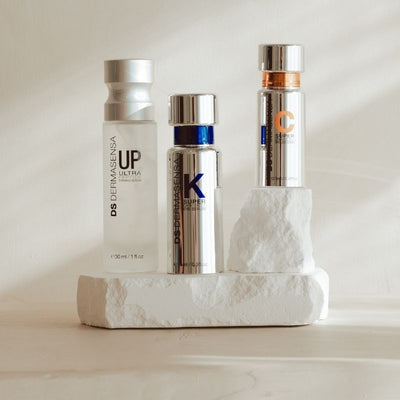
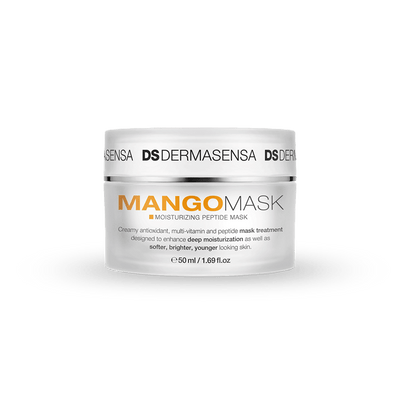
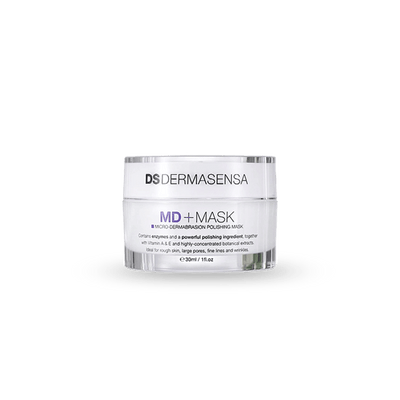
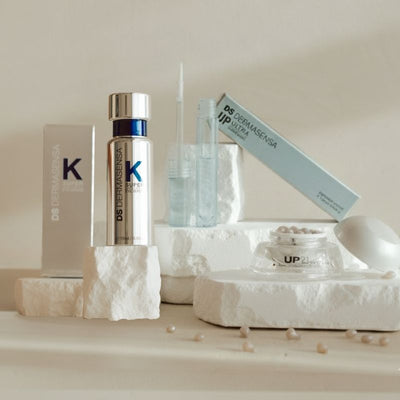
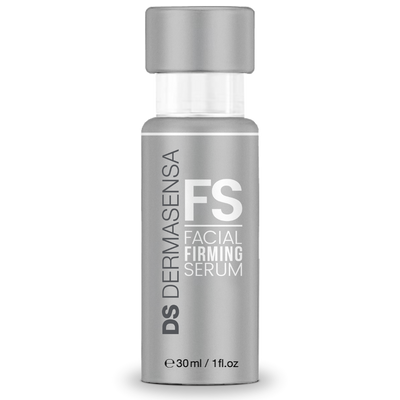
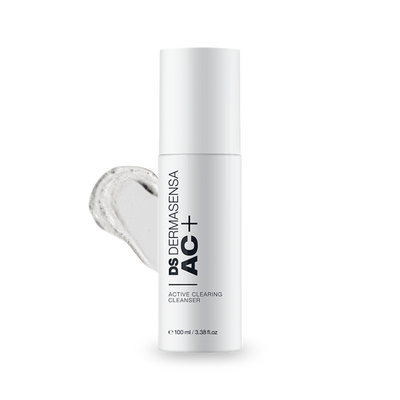
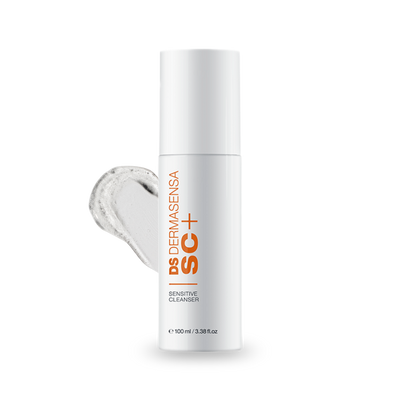
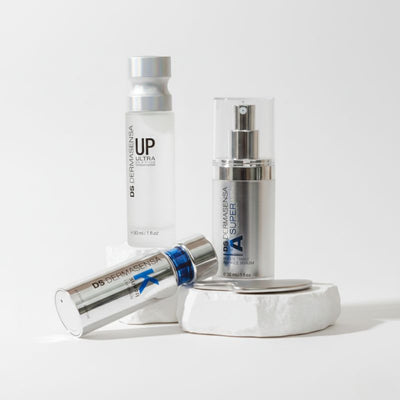
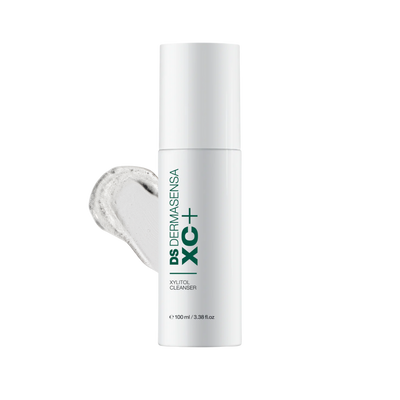
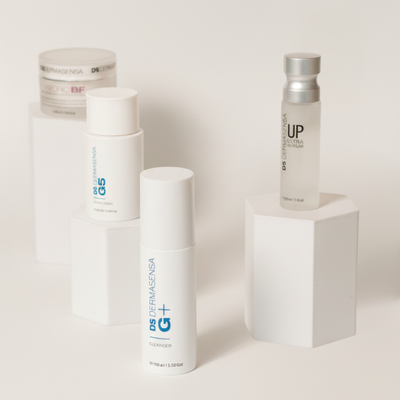
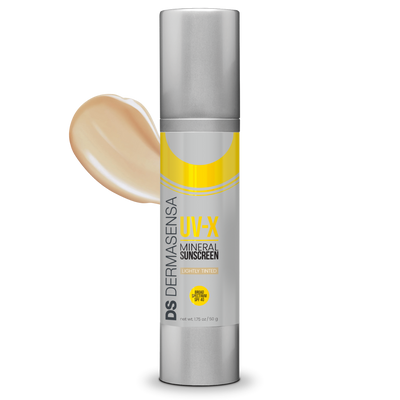

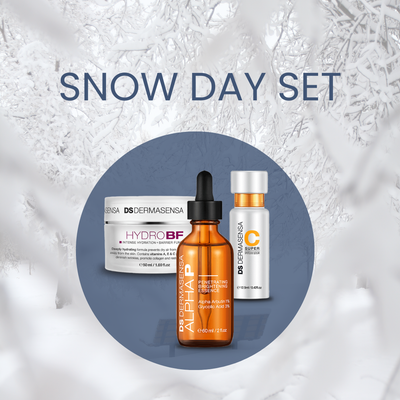
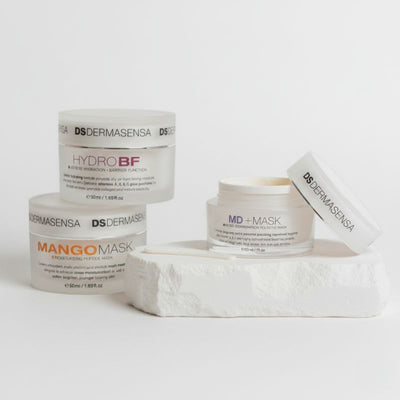
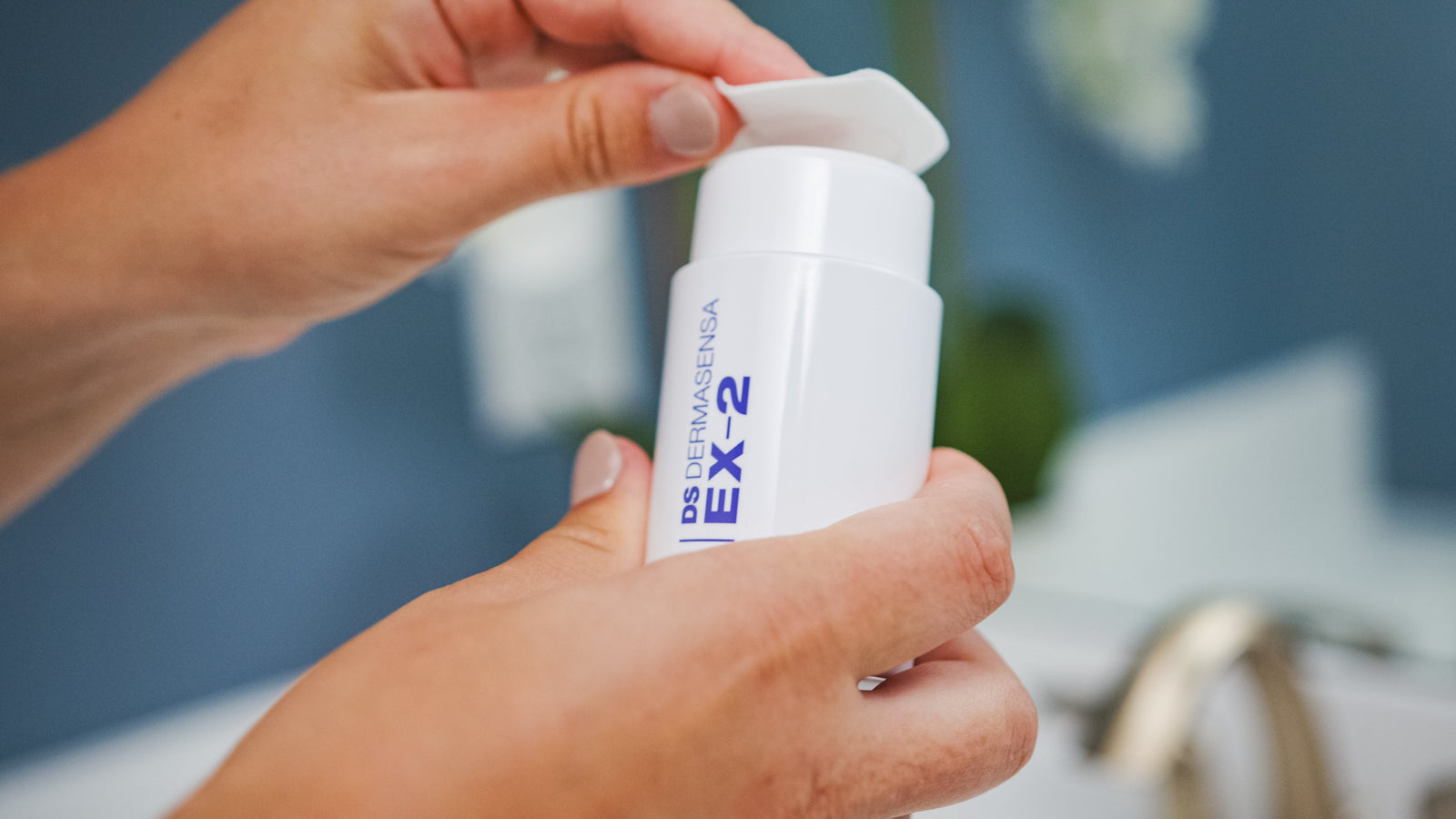
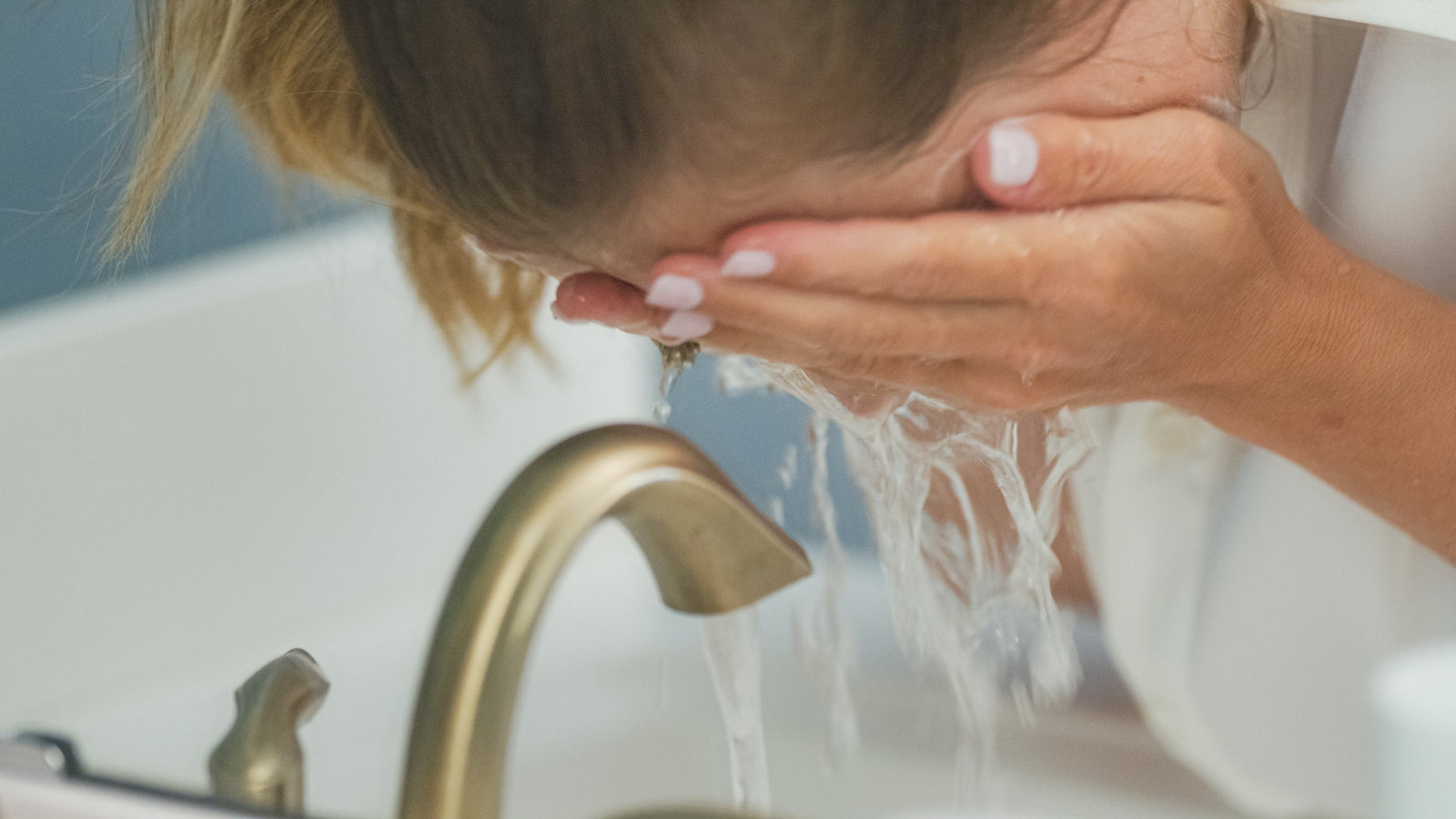
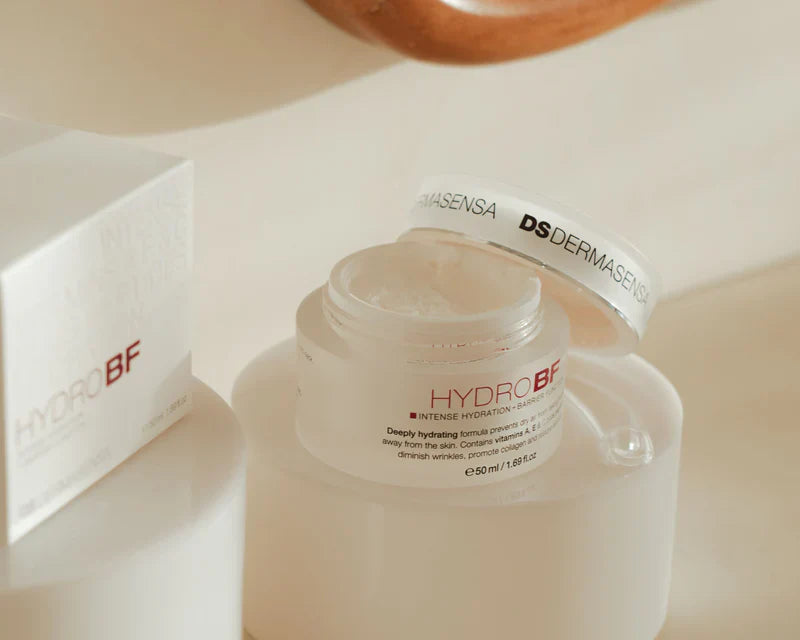
Leave a comment (all fields required)